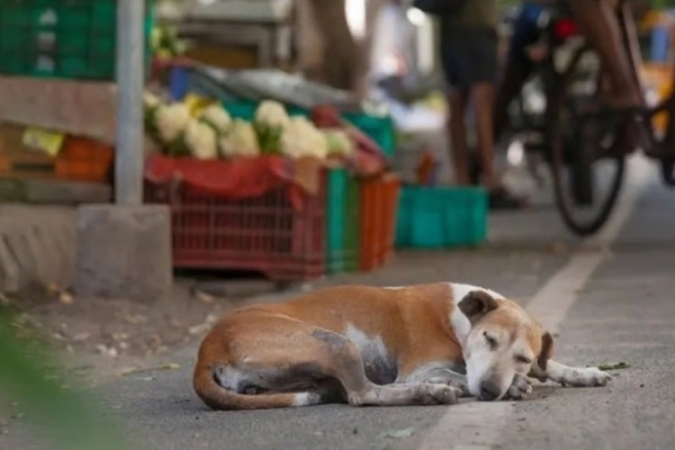The recent Supreme Court order directing civic authorities in Delhi-NCR to capture all stray dogs within eight weeks and move them to permanent shelters has sent shockwaves through the animal welfare community. While the court’s concern stems from rising dog bite cases and rabies-related deaths, the sweeping nature of the order raises troubling questions — not just about feasibility, but about compassion, law, and the kind of society we aspire to be.
Under India’s Animal Birth Control (Dogs) Rules, 2001 and 2023, the legal and humane approach to managing stray populations is clear: sterilize, vaccinate, and return dogs to their original territories. This model, backed by decades of evidence, prevents the “vacuum effect” where removed dogs are quickly replaced by new, unsterilized ones, often more aggressive and unvaccinated. It also aligns with the spirit of the Prevention of Cruelty to Animals Act, 1960, which prohibits unnecessary suffering.
The court’s new directive effectively sidelines this framework, calling it “absurd” and insisting on shelter-based containment. But those of us who report from the ground know the reality — most shelters in India, even those run by dedicated NGOs, are already under-resourced, overcrowded, and struggling to meet basic standards of care. Creating mass holding facilities for over a million animals in Delhi-NCR alone, within two months, is not just unrealistic — it risks institutionalizing cruelty under the guise of safety.
As a development sector journalist, I have seen how public and private resources flow in response to crises — and I must admit, I have rarely come across large-scale, sustained interventions for stray animals. Apart from the tireless work of a handful of individuals and NGOs, there is little systemic support. Corporate CSR portfolios, philanthropic grants, and government programs largely bypass this space, leaving it underfunded and invisible.
Yes, rabies is a real and urgent public health concern. But equating the solution to sweeping an entire population of animals out of sight is dangerously similar to blaming the poor for “making cities dirty” and removing them from public spaces. It is a mindset that mistakes elimination for resolution, and in the process, erodes our moral contract with sentient beings.
There are better models to learn from. In Georgia, for example, every stray is systematically neutered, vaccinated, tagged, and returned to its area. This is paired with sustained public sensitisation campaigns — teaching communities how to behave around dogs, encouraging responsible feeding, and ensuring early reporting of health concerns. The result? Lower bite rates, near-eradication of rabies, and far more peaceful human-animal coexistence.
India has the blueprint. What it lacks is political will, infrastructure, and sustained funding. Instead of building massive, permanent shelters, we should be:
- Scaling up sterilisation and vaccination drives through municipal-NGO-veterinary partnerships.
- Investing CSR funds from corporates into community-level animal health centres.
- Embedding animal welfare into public health policy, making it part of preventive healthcare, not a separate “charity” issue.
- Educating citizens — starting in schools — about compassion, safety, and coexistence.
It’s worth noting the irony: we applaud high-profile projects like Vantara, which rescues and rehabilitates exotic and native species in luxury settings, but we struggle to uphold the same commitment for the animals who share our streets. The grassroots work of thousands of individuals — often with no resources beyond their own time and income — is being undermined by a policy sledgehammer that ignores nuance.
Public safety and animal welfare are not mutually exclusive goals. The answer lies in evidence-led, humane strategies — not panic-driven removals. If anything, the true measure of a society is how it treats its most vulnerable, whether human or animal.
We must resist the temptation to legislate compassion out of existence. The law, after all, should reflect our highest values, not our deepest fears.


















.jpg)




